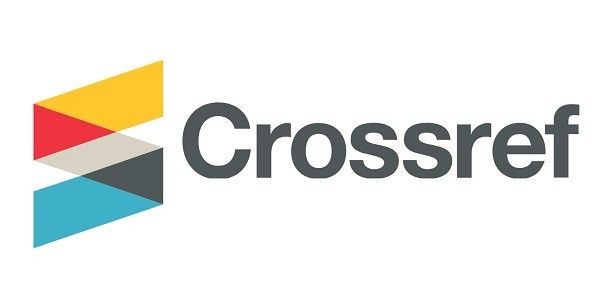Premium IOLs Selection Criteria, Investigations IOl Models and Residual Correction : An Overview
Downloads
Published
Keywords:
.Dimensions Badge
Issue
Section
License
Copyright (c) 2021 UP Journal of Ophthalmology

This work is licensed under a Creative Commons Attribution-ShareAlike 4.0 International License.
© Author, Open Access. This article is licensed under a CC Attribution 4.0 License, which permits use, sharing, adaptation, distribution and reproduction in any medium or format, as long as you give appropriate credit to the original author(s) and the source, provide a link to the Creative Commons licence, and indicate if changes were made. The images or other third party material in this article are included in the article’s Creative Commons licence, unless indicated otherwise in a credit line to the material. If material is not included in the article’s Creative Commons licence and your intended use is not permitted by statutory regulation or exceeds the permitted use, you will need to obtain permission directly from the copyright holder. To view a copy of this licence, visit https://creativecommons.org/licenses/byncsa/4.0/.
Abstract
Cataract Surgery is the by far the 'most performed surgery' in the world. Now, more than ever before, the need for the ophthalmic surgeons to keep themselves abreast with the latest in refractive cataract surgery, is of utmost importance. Today, the patients demands are based on needs in tune with the modern gadgetaries and on knowledge about availability of different techniques and IOLs gathered from the internet. This article describes the selection criterias and the different advanced investigations necessary for extracting optimal results from premium IOL implantations. Whilst counselling is extremely important, pre operative examination of macula, optical biometry, wavefront aberrometry, corneal topography and dry eye evaluation are very crucial. Different IOL models are described in detail. Bifocal, Trifocal and Toric IOLs including Bifocal and Trifocal Toric, EDOF IOLs, marking for implantations and image guided operating systems add value to precision and perfection which affect the final visual outcome. Monetarily charging a premium and raising the expectation of the patient can only be met confidently if the surgeon is additionally well versed with the management of residual refractive error. It is equally important to know the future of premium IOLs so that we keep abreast with the latest in technology and then transfer it to the advantage of our patients.
How to Cite
Downloads
Most read articles by the same author(s)
- Shephali Jain, Chaitali Deshmukh, S K Satsangi, Himanshu Kumar, Management of Dry Eye , UP Journal of Ophthalmology: Vol. 1 No. 01 (2013): UP JOURNAL OF OPHTHALMOLOGY
- Maneesh Singh, Sagar Bhargava, Ankita Mitra, Lav Kochgaway, Oct in Glaucoma and its fallacies , UP Journal of Ophthalmology: Vol. 9 No. 03 (2021): UP JOURNAL OF OPHTHALMOLOGY







